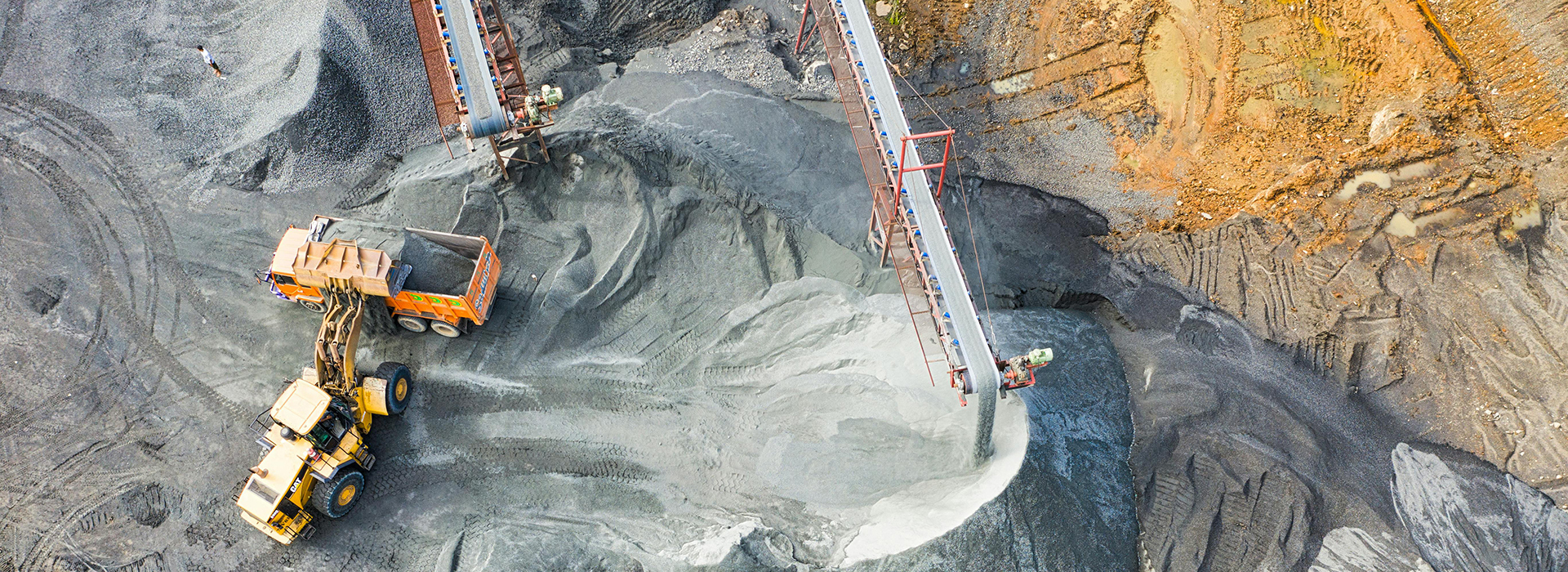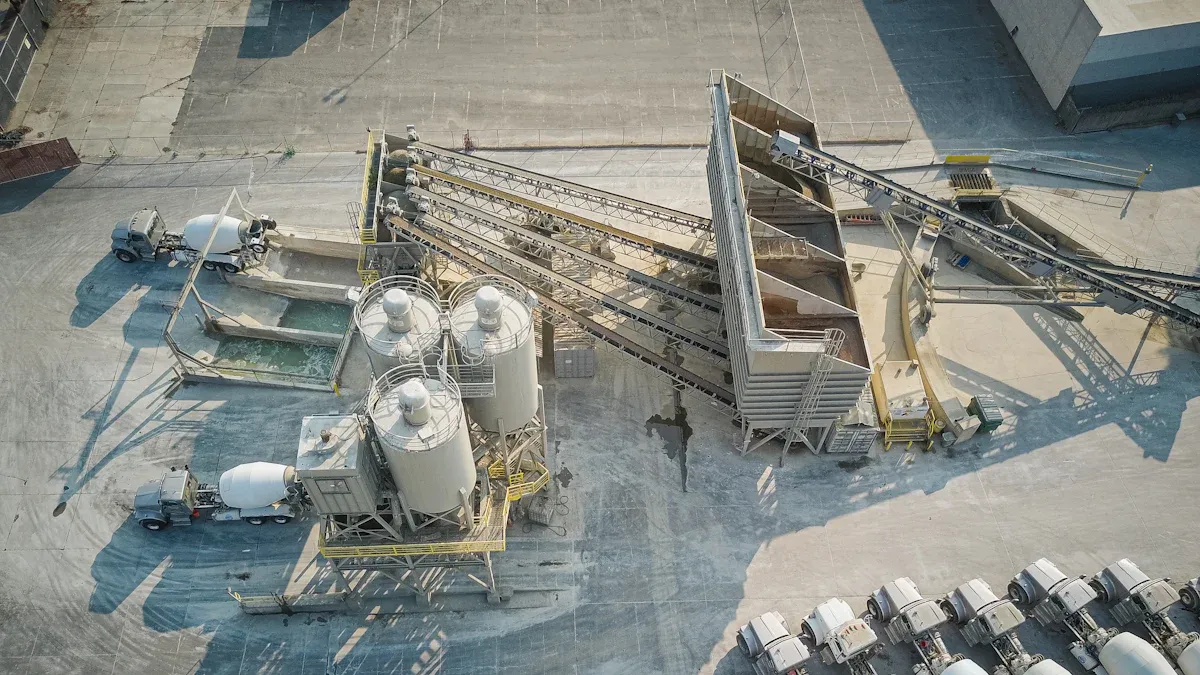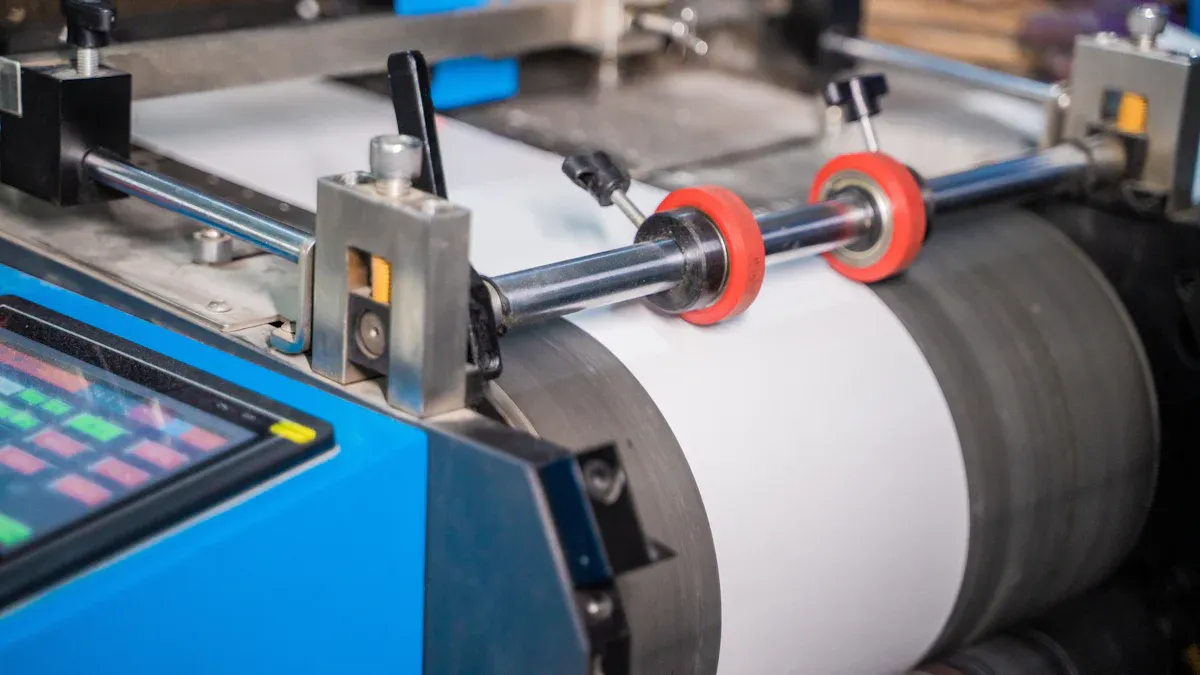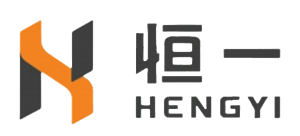
Complete Guide to Selecting the Best Conveyor Belt Idler for Your System
2025-10-07 15:18
To select the best conveyor belt idler, you need to match idler type and specifications to your system’s load, belt width, speed, and operating conditions. Idlers keep your conveyor running smoothly and help prevent costly breakdowns. More than half of conveyor belt failures come from malfunctioning idlers, so choosing wisely matters. Factors like static and dynamic loads, the nature of your material, and your environment all affect your choice. Liaoning Hengyi offers trusted expertise in conveyor solutions. The right selection, reduces wear, and increases reliability, as shown below:
Evidence Point | Description |
|---|---|
Load Distribution | Proper selection ensures even load distribution, enhancing efficiency. |
Wear Reduction | Reduces wear and tear on the system, increasing reliability. |
Bearing Lifespan | The lifespan of bearings is crucial for idler longevity, affecting overall performance. |
Maintenance Importance | Proper maintenance of idlers and cleaning systems prevents operational issues. |
You will find practical, step-by-step advice for making the best choice.
Key Takeaways
· Choose the right idler type based on your conveyor system's load, speed, and material characteristics to ensure smooth operation.
· Regular maintenance of idlers is crucial. It helps prevent breakdowns and extends the lifespan of your conveyor system.
· Select idlers made from durable materials like stainless steel or specialized polymers to resist wear and corrosion in harsh environments.
· Consider both static and dynamic loads when selecting idlers. Accurate calculations prevent unexpected wear and system failures.
· Energy-efficient idlers reduce power consumption, leading to lower operational costs and longer belt life.
· Inspect idlers monthly to catch wear or misalignment early. This proactive approach minimizes downtime and repair costs.
· Consult with experts for tailored advice on idler selection. Their insights can help you avoid costly mistakes.
· Use a checklist to guide your idler selection process. This ensures you consider all critical factors for optimal performance.
Conveyor Belt Idler Basics

What Is a Conveyor Belt Idler
You will find a conveyor belt idler as a key component in any conveyor system. It consists of a series of rollers mounted on a frame. These rollers support and guide the conveyor belt as it moves materials from one point to another. Without idlers, the belt would sag, misalign, or even fail. You rely on idlers to keep the belt stable and running smoothly.
Functions in Conveyor Systems
A conveyor belt idler serves several important functions. You use idlers to support the weight of both the belt and the materials it carries. They also help guide the belt along its path, preventing misalignment and reducing wear. Some idlers absorb impact at loading points, while others keep the belt clean or help it return smoothly. The table below shows the main types of idlers and their functions:
Type of Idler | Function |
|---|---|
Carrying idlers | Support the weight of the loaded belt, arranged to form a trough shape. |
Return idlers | Support the unloaded belt, ensuring proper alignment and tracking. |
Impact idlers | Absorb shock from heavy loads, protecting the belt during loading. |
Training idlers | Guide the belt and prevent misalignment, ensuring smooth operation. |
Tip: Choosing the right idler type improves your conveyor’s efficiency and reduces maintenance needs.
Types of Conveyor Belt Idlers
You will encounter several types of conveyor belt idlers in industrial applications. Each type serves a specific purpose and fits different parts of the conveyor system.
Troughing Idlers
Troughing idlers support the loaded section of the belt. They arrange the rollers in a way that forms a trough shape, which helps keep bulk materials centered on the belt. You often see these idlers in the main carrying section of the conveyor.
Impact Idlers
Impact idlers sit at loading points where materials drop onto the belt. They use reinforced rollers or rubber discs to absorb shock and protect both the belt and the frame from damage. You should use impact idlers if your system handles heavy or abrasive materials.
Return Idlers
Return idlers support the empty belt on its return journey. They keep the belt aligned and prevent sagging. Some return idlers use a flat design, while others use a V-shape or rubber discs to improve tracking and cleaning.
Specialized Idlers
Specialized idlers address unique needs in your conveyor system. These include self-aligning idlers that correct belt misalignment automatically, transition idlers that help the belt move from flat to troughed, and cleaning idlers that remove debris. You may also find heavy-duty idlers for tough environments or guide idlers that steer the belt back to the center.
Common types you might use:
Garland idlers for flexibility.
Picking table idlers for manual sorting.
Energy-saving idlers to reduce power use.
You can select the best conveyor belt idler by understanding these types and their functions.
System Requirements
Conveyor Type
You must first consider the type of conveyor system you use. Different conveyor types require specific idler designs to ensure smooth operation and long service life. For example, troughed belt conveyors use idlers with angled rollers to form a trough, which helps keep bulk materials centered and reduces spillage. Flat belt conveyors, on the other hand, use flat idlers to maintain proper belt tracking and load distribution. The table below highlights how conveyor type influences idler selection:
Conveyor Type | Idler Design Features | Impact on Idler Selection |
|---|---|---|
Troughed Belt | Central idler aligns horizontally; angled wing rollers on edges | Reduces product loss, lowers dust, boosts safety and efficiency |
Troughing angles must be managed | Proper contact with rollers extends service life | |
Flat Belt | Uses flat idlers | Maintains belt tracking and efficiency |
Less concern for troughing angles | Focuses on alignment and load distribution |
· Troughed conveyors can operate at inclines up to 25 degrees, which helps with bulk flow and containment.
· Higher troughing angles may cause belt damage if not managed properly.
· Flat belt conveyors need different idler setups to keep loads balanced and belts aligned.
Material Characteristics
The properties of the material you move also play a big role in choosing the right idler. Materials can be abrasive, sticky, wet, or even prone to static buildup. You need to match the idler material to your product’s characteristics to prevent premature wear or system failure. The table below shows how different material types affect idler choice:
Material Type | Key Characteristics | Impact on Idler Choice |
|---|---|---|
Polyurethane | High wear resistance, low noise | Good for heavy-duty, low-noise applications |
Rubber | Handles sticky, wet, abrasive materials | Best for high carryback and shell wear environments |
Steel | Corrosion-resistant, higher material buildup | Not ideal for high humidity; risk of roller damage |
Fire-resistant | Safety in fire-prone areas | Improves safety where fire hazards exist |
Anti-static | Prevents static buildup | Needed in static-sensitive environments |
Hydrolysis resistant | Withstands high moisture | Prevents roller damage in wet conditions |
Tip: Always check your material’s abrasiveness and moisture content before selecting an idler. This helps you avoid costly downtime and repairs.
